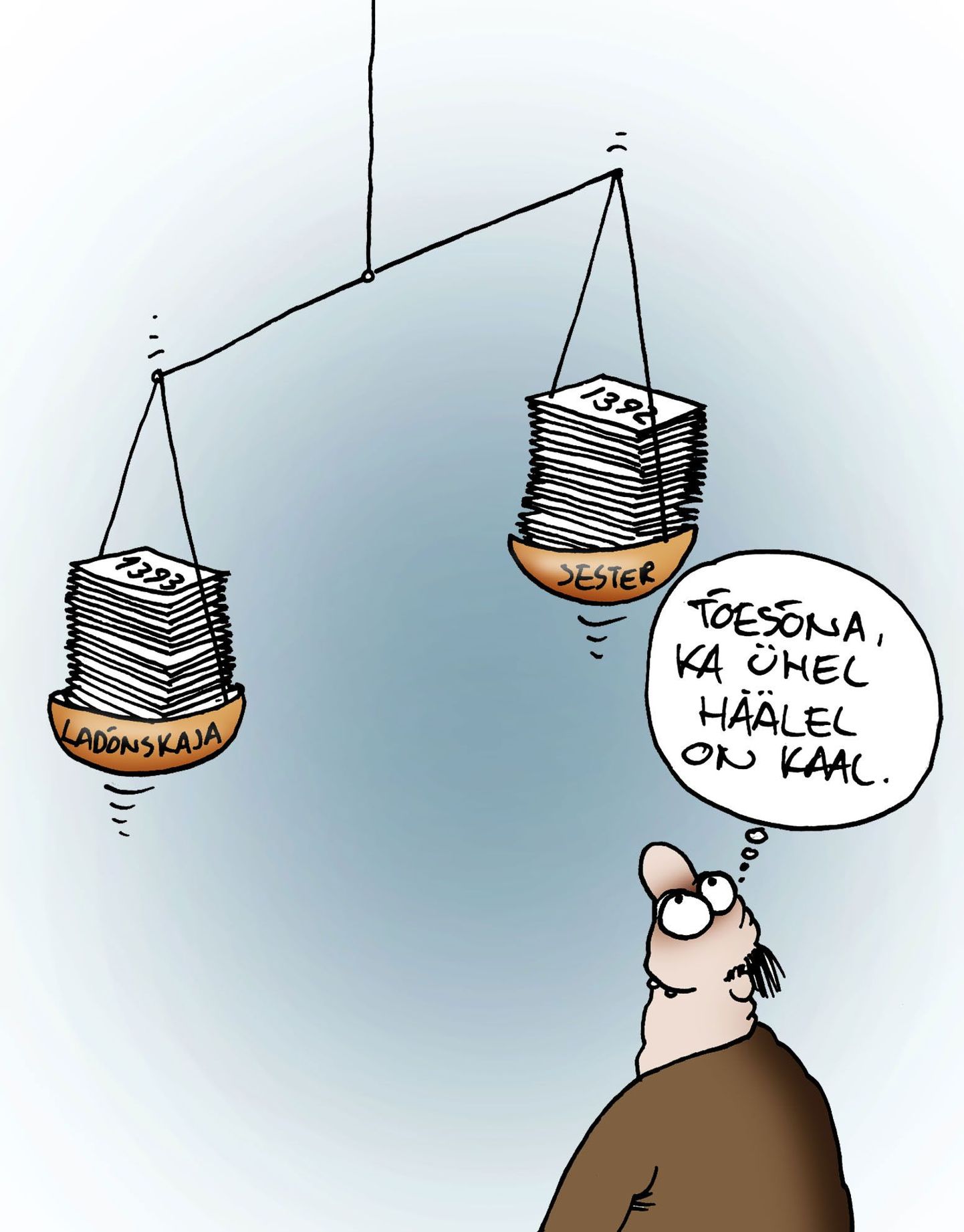On elections day eve, Viktoria Ladõnskaja (IRL) was announced to have made it to Riigikogu. A little while later, Sven Sester (fellow IRL) was said to have pulled slightly ahead. Now, post protest, Ms Ladõnskaja has one vote more to show.
Oh the personal drama, but even in Estonia we have had vote counting of the more dramatic kind when a few votes were deciding the amounts of mandates some parties would get. In recent history, a famed votes recounting happened in Florida, USA, in 2000 – the result deciding if democrat Al Gore or republican George W. Bush became president.
At the moment, the vital issue is: were there systemic errors in procedures, or were these the inevitable kind of mistakes at counting the votes and the correction thereof a natural part of elections. Initial assessments suggest no significant systemic errors surfaced. In the future, electoral committees might better inform voters about what to do when writing the candidate’s number gets messed up – having spoiled a ballot paper, ask for a new one.
On the papers, voters write digits with hands either steady or shaky. Human beings then have to decipher these. In individual cases, there’s room for interpretation whether the number is comprehensible or the paper invalid. Obviously, such human errors at interpretation are inevitable.
